Granite floors are a stunning addition to any space, known for their natural beauty and durability. However, over time, even the toughest granite can lose its shine and develop imperfections. This is where granite floor restoration comes into play, offering a way to rejuvenate and maintain these elegant surfaces.
Restoration involves a series of steps, including cleaning, repairing, and polishing, to bring back the original luster. Whether you choose to tackle this as a DIY project or hire professionals, understanding the process is key.
In this guide, we’ll explore the techniques and benefits of granite floor restoration and polishing. You’ll learn practical tips for maintaining your granite surfaces, ensuring they remain a focal point in your home.
Understanding Granite Floors: Beauty and Durability
Granite floors are a popular choice for homeowners and designers alike. Their appeal lies in both visual and practical qualities. The natural variations in color and pattern make each granite floor unique.
This stone is renowned for its strength. It withstands heavy traffic, making it perfect for busy areas in homes or commercial spaces. Its resistance to scratches and stains further adds to its desirability.
Despite its resilience, granite’s beauty can fade over time. Scratches, dullness, and minor chips can detract from its appearance. Regular maintenance, including proper cleaning and polishing, is essential.
The benefits of granite floors include:
- Unique natural beauty
- High durability and resistance to wear
- Potential long-term value with proper care
Understanding these factors emphasizes why granite continues to be a top flooring choice.
Common Issues with Granite Floors
Over time, even the toughest granite floors can show signs of wear. Dullness is a common issue, where the floor’s shine diminishes. This is often due to everyday foot traffic.
Scratches and etches can disrupt the smooth surface of granite. These marks might result from moving furniture or using abrasive cleaners. Chips and cracks may also appear if heavy objects are dropped.
Stains are another concern. Although granite is less porous than other stones, spills can still cause discoloration. Proper sealing and quick cleanup are key to preventing these stains.
Common issues include:
- Dullness from traffic
- Scratches and etches from abrasives
- Chips and cracks from impacts
- Stains from improper care
Addressing these problems swiftly can preserve granite’s charm. Regular maintenance is crucial.
What Is Granite Floor Restoration?
Granite floor restoration is the process of returning your stone to its original splendor. It involves a series of steps, each crucial for revitalizing the floor’s appearance. This goes beyond simple cleaning.
The restoration process typically includes cleaning, repairing, and polishing. Each stage targets different flaws like scratches or stains. Polishing enhances the stone’s natural beauty and shine. Sealing completes the process by adding a protective layer.
Granite floor restoration can address several issues:
- Removing scratches and etches
- Polishing to enhance shine
- Repairing chips and cracks
- Applying sealant for protection
By restoring your granite floors, you not only improve their look but also their longevity.
The Granite Floor Restoration Process: Step by Step
Restoring your granite floor is a detailed process. This task requires patience and precision for the best results. Each step serves a specific purpose.
First, cleaning eliminates dirt and debris. This step is essential for effective restoration. A clean surface allows for better evaluation of the floor’s condition.
Next, honing removes minor scratches and etches. This process smooths the surface and prepares it for polishing. It’s a critical step for addressing surface imperfections.
Polishing follows honing and enhances the floor’s shine. This step uses finer abrasives to achieve a glossy appearance. The natural colors and patterns of the stone come alive.
Sealing is the final step. It provides a protective barrier against future damage. Sealing keeps the floor looking pristine for a long time.
Here’s a brief overview of the process:
- Cleaning to remove dirt
- Honing to smooth imperfections
- Polishing to enhance shine
- Sealing for protection
Each phase is crucial for restoring the floor’s beauty and resilience. A complete restoration can transform a dull, worn-out surface into a breathtaking focal point.
Cleaning and Preparing the Surface
Before any significant restoration, thorough cleaning is vital. Begin by sweeping away loose dirt and debris. Follow up with a damp mop and a pH-neutral cleaner to remove any remaining grime.
Choose cleaning agents carefully to avoid surface damage. Avoid acidic or abrasive cleaners, as these can harm granite. The goal is to prepare a pristine surface for the restoration process.
Here’s a quick cleaning checklist:
- Sweep to remove debris
- Mop with a pH-neutral cleaner
- Avoid acidic and abrasive products
Preparing the surface properly ensures the next steps are effective. A clean slate is essential for honing and polishing to deliver optimal results.
Honing: Removing Scratches and Etches
Honing smooths out the surface. This step involves grinding with abrasive materials. It removes minor scratches and etches, creating a smooth foundation for polishing.
Even if the floor appears smooth, honing is crucial. It rectifies subtle imperfections that disrupt the stone’s natural beauty. This step is the foundation for a flawless finish.
Polishing: Bringing Back the Shine
Polishing rejuvenates the granite’s luster. It is a delicate process that transforms the floor’s appearance. Using fine abrasives, polishing brings out the stone’s natural brilliance.
This step involves a progressive approach using various grit levels. Start with coarser abrasives, moving to finer ones for a shiny finish. Polishing enhances the stone’s color and patterns.
Polishing process:
- Use coarse to fine abrasives
- Enhance natural patterns
- Achieve a glossy finish
Bringing back the shine renews the elegance of granite floors. It makes them a focal point in your home or space, restoring their vibrant charm.
Sealing: Protecting Your Granite Floors
Sealing is the last line of defense. It protects the granite against spills, stains, and daily wear. This step extends the floor’s life and beauty.
Sealers fill the stone’s pores, adding a protective shield. Regular sealing keeps the granite resistant to moisture and stains. Reapply as necessary, based on the manufacturer’s instructions.
Proper sealing preserves your investment. It guards against future damage, ensuring your floors remain a stunning feature in your home.
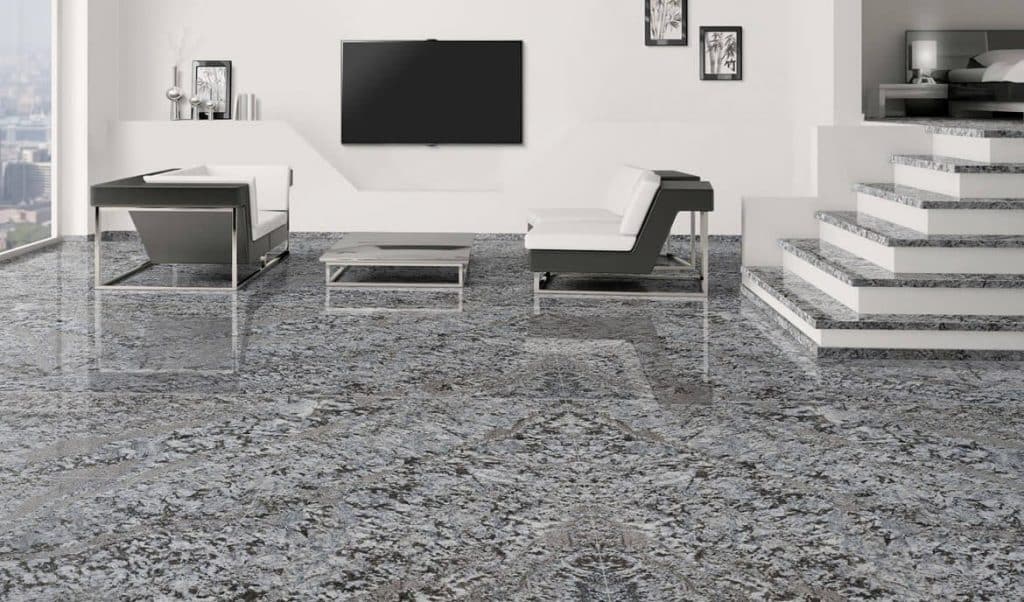
Granite Surface Repair: Fixing Chips, Cracks, and Stains
Granite’s durability is impressive, yet chips or cracks can occur. Quick and efficient repair prevents further damage. Options include epoxy or resin fillers for such repairs.
Dealing with stains requires a different approach. Immediate attention and proper products can lift most stains. It’s essential to choose cleaners that are safe for granite.
Steps for repair might involve:
- Cleaning the affected area
- Applying filler for chips and cracks
- Using a poultice for stain removal
Granite surface repair ensures longevity and beauty. Taking swift action when issues arise maintains your floor’s pristine condition. Correct repair techniques restore the floor’s elegance and functionality.
DIY vs. Professional Granite Floor Restoration
Choosing between DIY and professional restoration depends on several factors. Experience and budget play a crucial role in this decision. DIY projects save money but might lack professional polish.
Professional restorers bring expertise and specialized tools. They can handle extensive damage more effectively. Their services ensure a flawless finish and can even extend the stone’s life.
Consider these factors when deciding:
- Complexity and extent of damage
- Personal comfort with technical tasks
- Budget constraints
- Desire for professional-grade outcomes
Ultimately, both options have their merits. The choice depends on personal preferences and the specific needs of your granite flooring.
Granite Floor Polishing: Techniques and Tools
Polishing enhances granite’s natural elegance and sheen. It involves using fine abrasives for a glossy surface. The process restores depth and vibrancy to the stone.
Various techniques can achieve professional polish at home. Diamond polishing pads are popular for do-it-yourself tasks. They come in different grits for various polishing stages.
Polishing granite floors requires these key tools:
- Diamond polishing pads
- Polishing compound or powders
- Variable speed polishers
Correct technique and tools are essential for success. Regardless of the tools, ensure thorough preparation. Following best practices results in stunning, long-lasting granite floors.
Maintenance Tips for Long-Lasting Granite Floors
Proper maintenance preserves the beauty of granite floors. Regular care prevents extensive wear and future restoration needs. Implementing a few simple habits can make a significant difference.
Routine cleaning is crucial to maintaining shine. Use a pH-neutral cleaner for mopping. Avoid abrasive or acidic products that could damage the surface.
Consider these maintenance tips to protect your floors:
- Use rugs in high-traffic areas.
- Sweep frequently to remove grit.
- Schedule regular polishing sessions.
These practices help keep granite floors looking new. Consistent care extends their lifespan and enhances their elegance.
Cost Considerations and Value of Restoration
Granite floor restoration is often more cost-effective than replacing the entire floor. Restoration improves the floor’s appearance and extends its lifespan. Understanding the factors that influence costs is vital.
Key cost elements include the area size and floor condition. Professional services may cost more initially but can offer thorough results.
Consider these aspects when budgeting:
- Size and condition of the floor
- Professional vs. DIY approach
- Long-term value and protection benefits
Investing in restoration can add value to your property, making it a worthwhile consideration.
Conclusion: Preserving the Beauty of Granite Floors
Granite floors are a timeless investment, offering elegance and durability. With proper care, their beauty can endure.
Regular maintenance and timely restoration are essential. They help protect your investment and ensure your floors shine for years.
By choosing the right restoration methods and products, you’ll enhance your granite’s natural appeal and longevity. Embrace these practices to keep your floors a standout feature in your home.





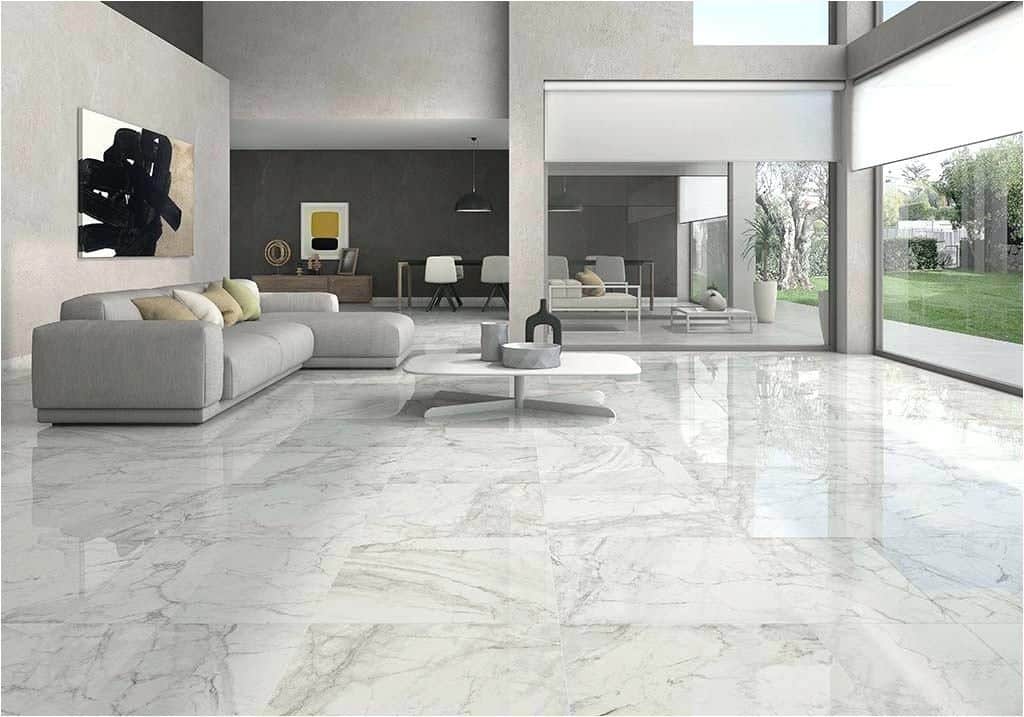

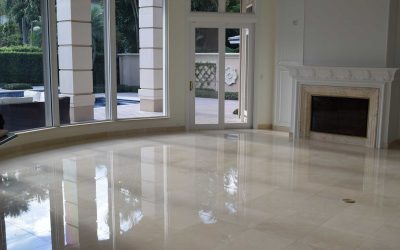
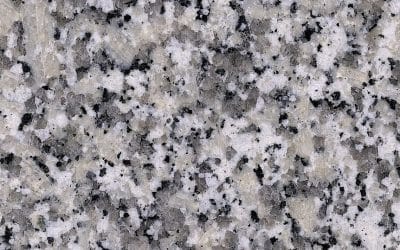
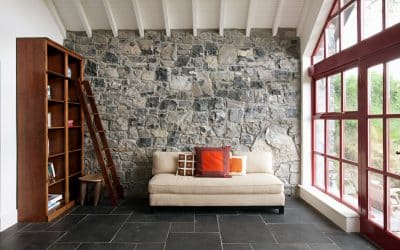
0 Comments